Donkergat Whaling Station
At one South African whaling station, this industrial extermination led to a feeding frenzy that may have even been a key inspiration for Jaws.
The famed naturalist Peter Matthiessen once said of whaling, “Nothing is wasted but the whale itself.”
The station at Donkergat was opened on South Africa’s western coast in 1909, and its three ships were the predecessors of the entire South African whaling industry. John Bryde began the Saldanha Bay operation after whales in the waters around Greenland vanished, as was soon to be the case in the southern oceans, too.
After the Great Depression brought the industry to a standstill in 1930, the slaughter renewed around Donkergat in 1947. Ships trailed their bleeding catch across Saldanha to reach the facility, which jutted out into the bay like a harpoon, and the hemic water attracted swarms of sharks, feeding on the whales as their killers dragged them to shore.
Donkergat also was home to a popular public beach, a situation that evidently raised fewer alarms in the mid-twentieth century than it does today. Blood-mad sharks tended to take chunks out of swimmers when whales were less plentiful, a coincidence that baffled the local authorities. As both tourism and whaling were big industries in the town, closing one for the sake of the other was impossible to imagine.
These kinds of shark attacks, violent and frequent, are fairly rare today, as they were then, and as such drew interest. Combined with similarly-publicized killers on America’s eastern seaboard, as well as the 1971 film Blue Water White Death, this desire for maniac shark lore led to Jaws, the famous book and summer blockbuster, whose author now regrets the near-extermination of many newly-feared sharks that followed.
Donkergat closed in 1967, having operated for 41 years, with a short break in 1954-56 during which time it changed ownership. In total, over 20,000 whales were killed for processing at the facility, about half of which were Sperm, and a third Sei. Whale stocks worldwide never recovered from their several centuries of destruction; at Donkergat, at least, the sea struck back.


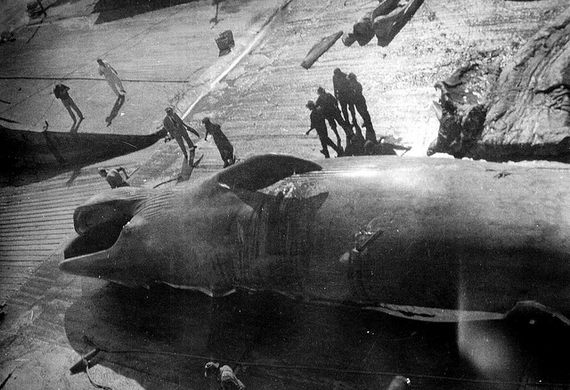
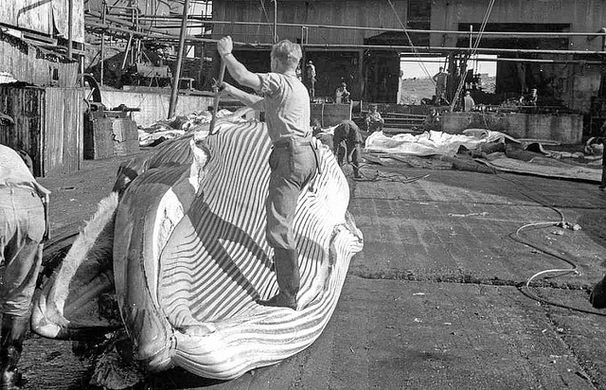
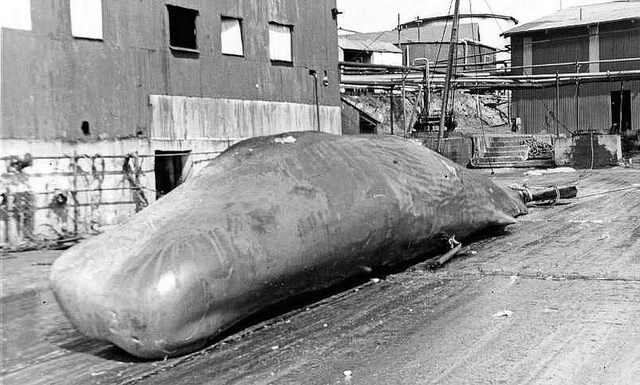





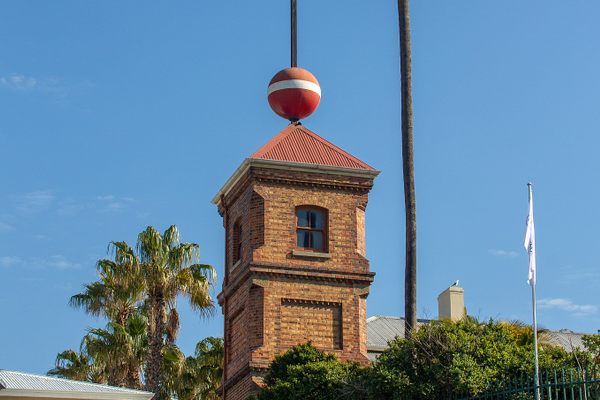
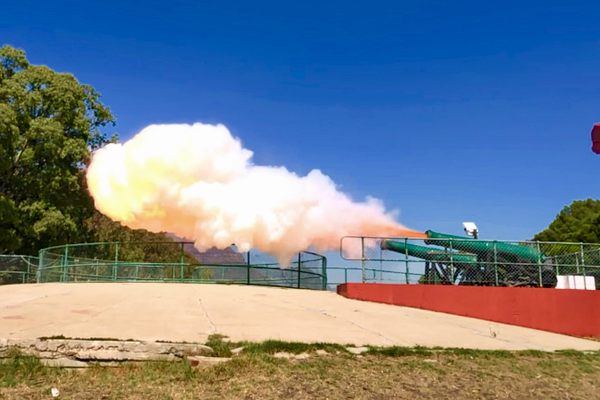
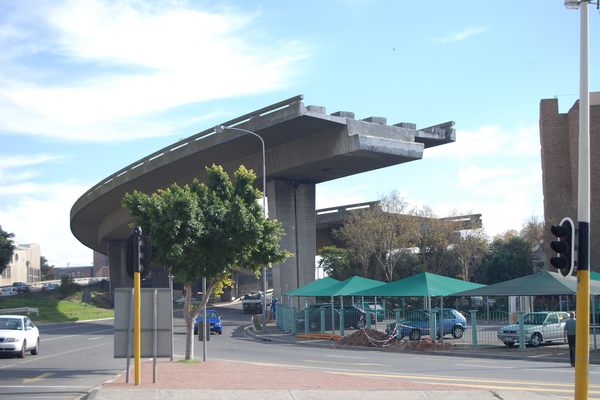



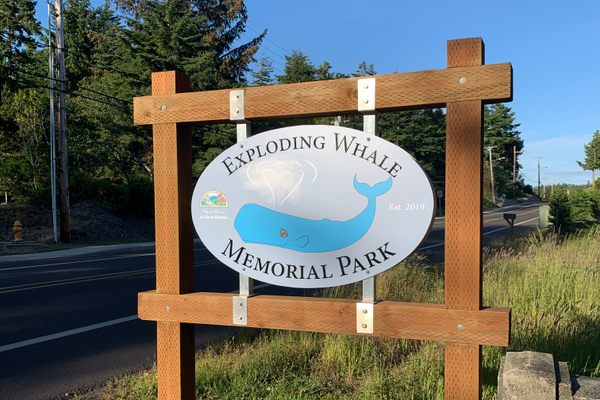

Follow us on Twitter to get the latest on the world's hidden wonders.
Like us on Facebook to get the latest on the world's hidden wonders.
Follow us on Twitter Like us on Facebook